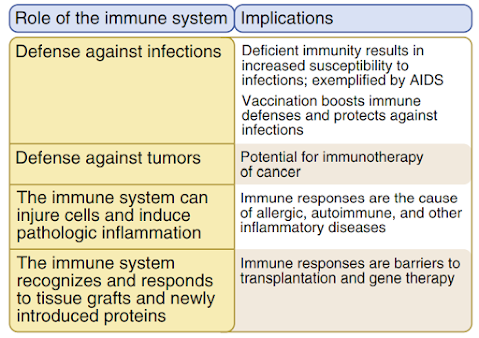how anesthesia works !!!
MECHANISM OF ACTION OF THE GENERAL ANESTHESIA General anesthesia has been around for more than 170 years but the exact mechanism of action of how it works is still unknown to us. What we have are theories. But in recent years thanks to the technologies and extensive research we have been supplanted by the unitary method which targets the molecular level of the organ like the CNS at different levels. What does the anesthetics do with the CNS? Mostly they affect the different cellular locations of the neuron most of which is the synapse. In the synapse, they alter the pre and postsynaptic locations. If they act at the presynaptic locations then they alter the release of the neurotransmitters and if they alter the postsynaptic neuron then they change the frequency of the impulse conduction. At the organ level, it means that there will be an inhibition strengthen or weakened excitation of the central nervous system and thus the stimulus will not be interpreted...

